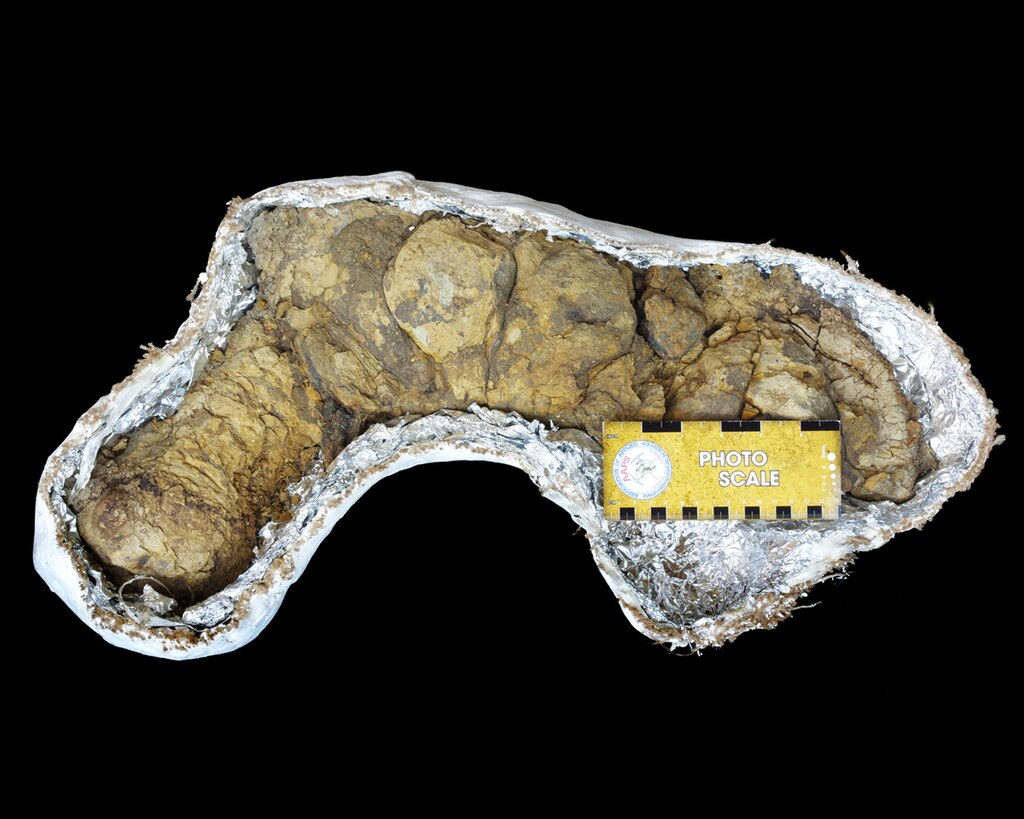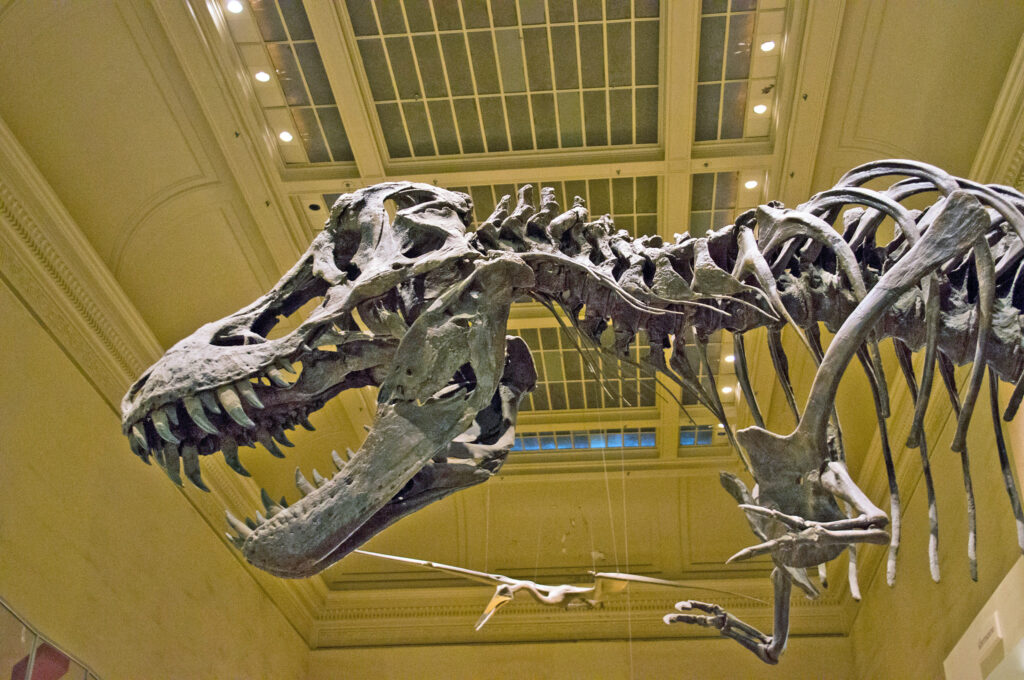The prehistoric world was filled with complex interactions between predators, prey, and opportunistic feeders. Paleontologists have long studied not just the remains of ancient creatures, but also the marks, damage, and positioning of fossils that tell stories about how these animals lived—and died. Scavenging, the act of feeding on animals that have already died, has left fascinating evidence in the fossil record. These traces provide valuable insights into ancient ecosystems and behavior patterns of prehistoric creatures. From tooth marks on dinosaur bones to peculiar arrangements of hominin remains, the following six fossil discoveries showcase compelling evidence of scavenging behaviors across different periods of Earth’s history.
The Triceratops That Fed a T. Rex
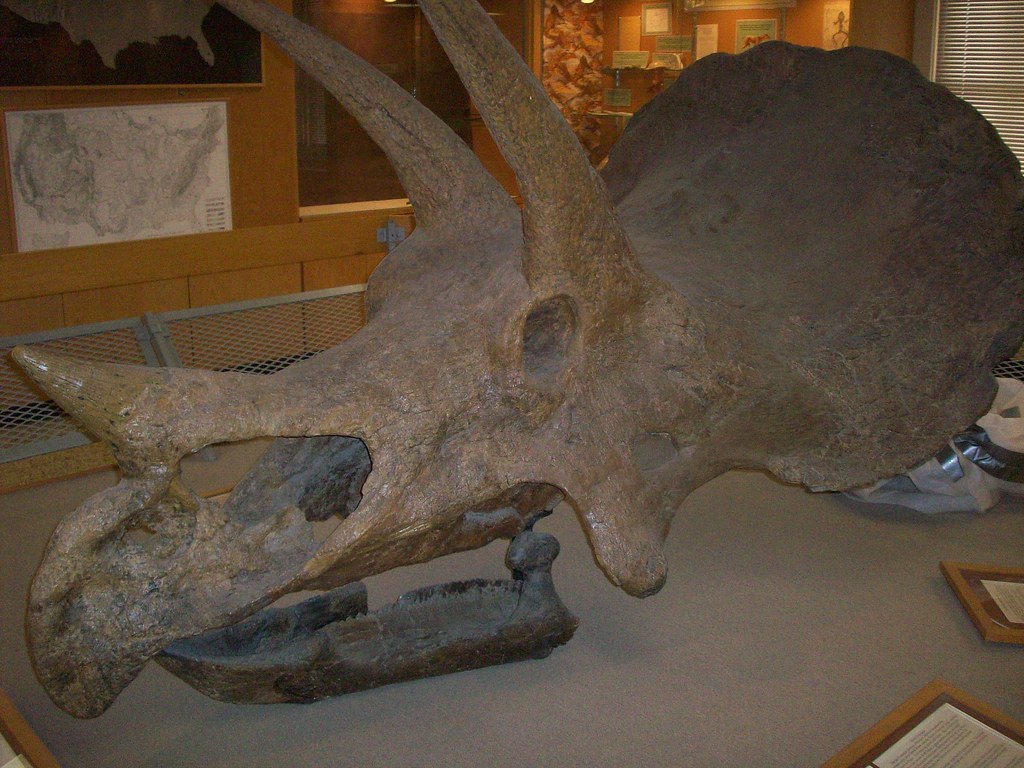
One of the most famous examples of scavenging in the fossil record comes from a Triceratops specimen discovered in the Hell Creek Formation in Montana. This particular fossil, dating back approximately 68 million years to the Late Cretaceous period, bears distinctive tooth marks that perfectly match the serrated teeth of Tyrannosaurus rex. What makes this fossil particularly intriguing is the pattern of the bite marks—they appear on the less meaty portions of the skeleton, suggesting the T. rex came upon the Triceratops after it was already dead. Further evidence includes the lack of healing on the bone surfaces, indicating the damage occurred post-mortem rather than during a predatory attack. Paleontologists have noted that the most nutritious parts of the carcass were consumed first, following a typical scavenging pattern seen in modern carnivores. This fossil has contributed significantly to the ongoing debate about whether T. rex was primarily a predator or scavenger, suggesting that, like many modern carnivores, it likely engaged in both behaviors as opportunities arose.
Pleistocene Cave Bears and Ice Age Hyenas
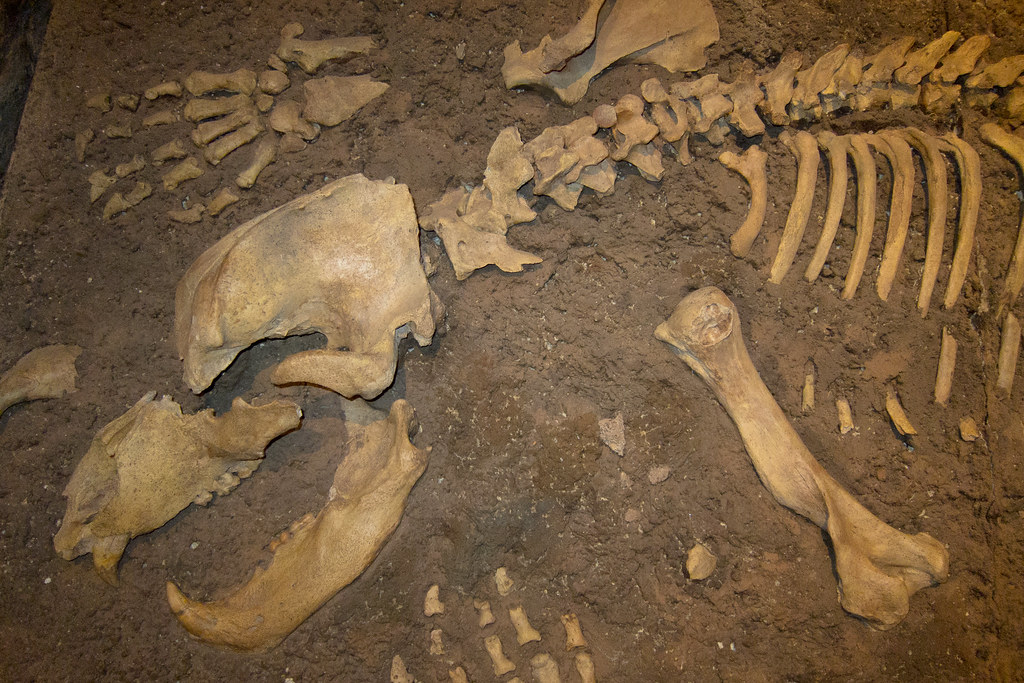
Within the depths of European caves, particularly in sites across Germany and Romania, paleontologists have uncovered remarkable evidence of Ice Age scavenging behaviors. Cave bear (Ursus spelaeus) remains dating back 25,000-40,000 years show distinct gnaw marks that match perfectly with the dental patterns of cave hyenas (Crocuta crocuta spelaea). These massive bears, larger than modern grizzlies, regularly hibernated in caves, and many died during winter dormancy, creating perfect scavenging opportunities for hyenas. What makes these fossils particularly telling is the consistent pattern of damage—hyenas typically began with the nutrient-rich ends of long bones and progressively worked toward the middle, leaving behind distinctive crushing marks from their powerful jaws. Some cave sites contain hundreds of bear specimens showing these scavenging patterns, suggesting hyenas regularly patrolled caves looking for easy meals. Analysis of fossilized hyena droppings (coprolites) found in the same locations further confirms this relationship, as they contain fragments of cave bear bone that passed through the hyenas’ digestive systems. These fossils provide a vivid window into the complex ecological relationships of Pleistocene Europe.
Alamosaurus: A Sauropod Buffet
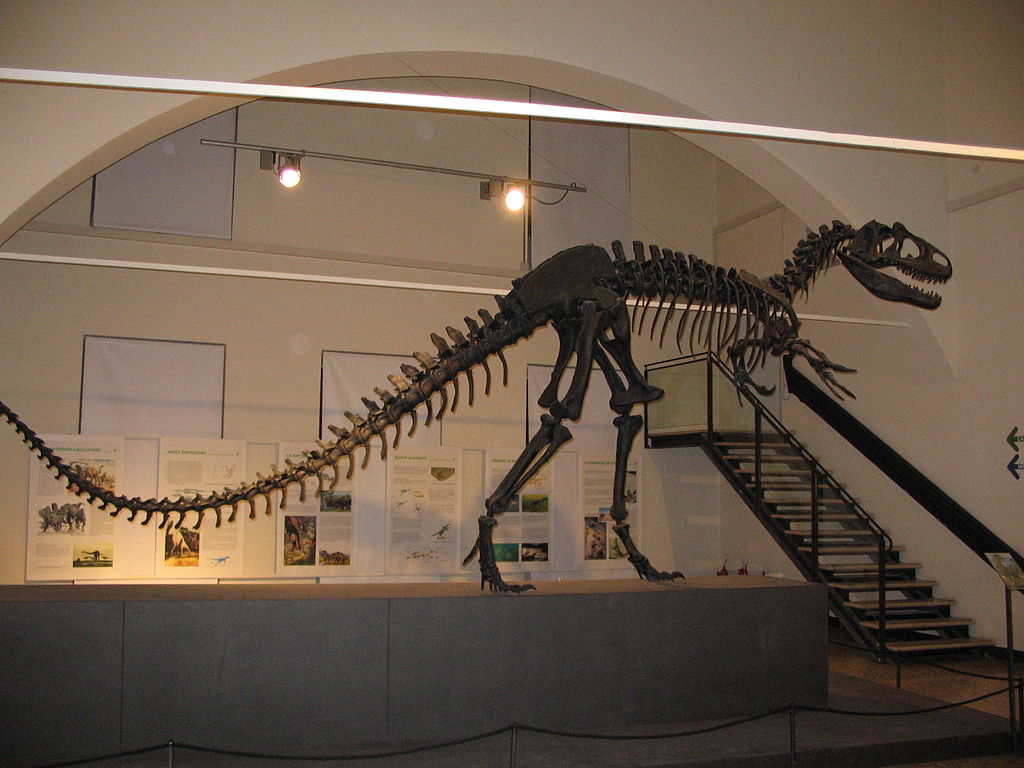
The massive sauropod dinosaur Alamosaurus, which roamed what is now the southwestern United States during the Late Cretaceous period about 70 million years ago, has provided one of the most comprehensive examples of scavenging behaviors from multiple species. A particularly notable specimen discovered in New Mexico shows evidence of being scavenged by at least three different types of creatures. The massive bones bear distinctive serrated tooth marks consistent with large theropods like Tyrannosaurus, alongside smaller, more numerous marks that match the teeth of juvenile carnivorous dinosaurs. Perhaps most intriguingly, some areas of the skeleton show tiny parallel grooves that paleontologists have identified as the feeding traces of ancient insects, likely dermestid beetles similar to those that clean carcasses today. The sequence of these marks suggests a scavenging progression, with larger predators taking the bulk of the meat, followed by smaller opportunists, and finally insects cleaning the remaining tissue. The sheer size of sauropods meant that even a single carcass could support a diverse community of scavengers for weeks, creating a temporary ecosystem centered around the decomposing giant. This fossil provides a rare glimpse into the complex decomposition processes and scavenging hierarchies in prehistoric ecosystems.
The Homo naledi Mystery
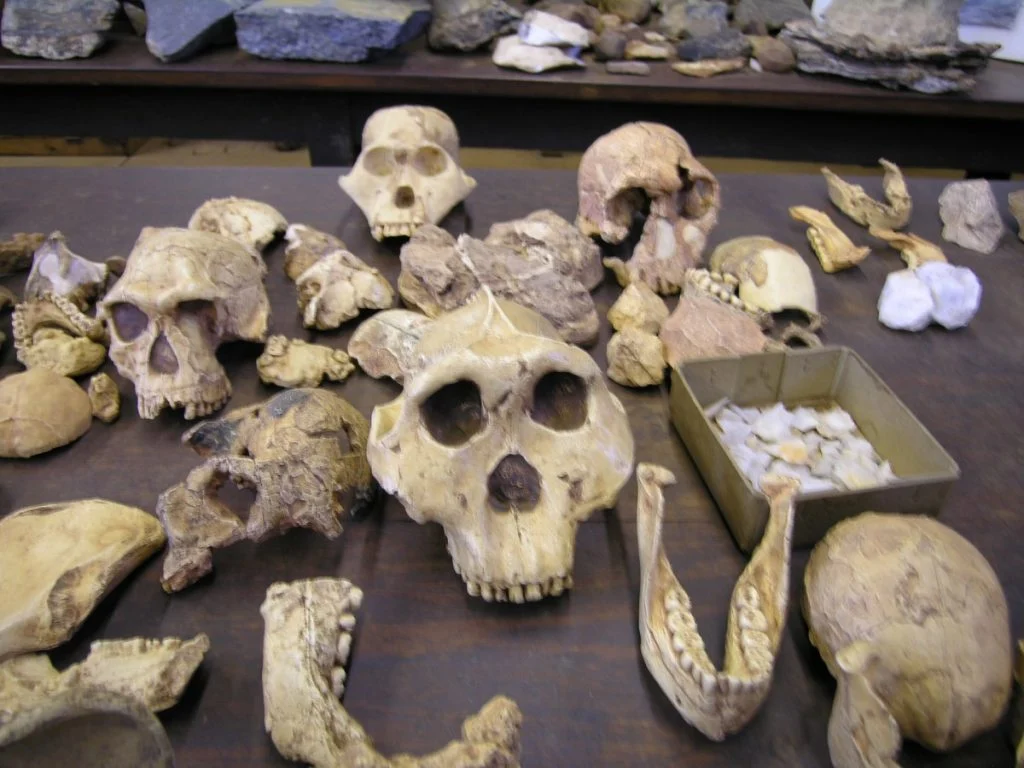
Deep within South Africa’s Rising Star cave system, the discovery of Homo naledi remains has presented one of the most intriguing and controversial cases of possible scavenging behavior in human evolution. Dating to approximately 250,000-300,000 years ago, these hominin fossils were found in an extremely remote chamber difficult to access, raising questions about how they got there. Close examination of the bones revealed several important features: some specimens show potential tooth marks consistent with carnivore activity, particularly from small to medium-sized predators like jackals or leopards. The distribution pattern of the remains—with certain body parts underrepresented—mirrors patterns seen in modern scavenged assemblages. Particularly telling are small puncture marks on some cranial fragments that match the dentition of prehistoric hyenas known to inhabit the region. However, this interpretation remains contested, as other researchers argue the placement and condition of the bones could indicate deliberate disposal by other Homo naledi individuals, representing an early form of mortuary practice. If the scavenging hypothesis is correct, it suggests these early human relatives may have fallen prey to carnivores, with their remains subsequently dragged into the cave system. This fossil assemblage continues to spark debate about both the behaviors of Homo naledi and the predator-prey relationships of the Middle Pleistocene in Africa.
Giant Shark Feeding Frenzy on Ancient Whales

Marine fossil records have provided extraordinary evidence of scavenging behaviors in prehistoric oceans, particularly in the form of ancient whale remains bearing the unmistakable marks of Megalodon and other shark feeding activities. One remarkable specimen from the Miocene epoch (approximately 15 million years ago), discovered along the Calvert Cliffs of Maryland, shows a veritable catalog of scavenging evidence on a single whale skeleton. The massive bones of this ancient baleen whale exhibit numerous large, gouging tooth marks consistent with the serrated teeth of Carcharocles megalodon, the largest predatory shark ever known. Interspersed among these larger marks are smaller, more numerous bite impressions from other shark species, including ancestors of modern tiger and white sharks. Particularly fascinating is the pattern of these marks, which concentrate around areas that would have contained vital organs and large muscle masses, suggesting an organized approach to dismembering the carcass. Taphonomic analysis indicates the whale was likely dead before most of the feeding occurred, as the marks show no signs of healing and appear on both sides of the skeleton in patterns inconsistent with a predatory attack. This fossil provides a rare glimpse into the ancient ocean’s scavenging hierarchy, where even massive carcasses were efficiently recycled by numerous species in succession, much as whale falls are in modern deep-sea environments.
The Feeding Traces on Maiasaura

The discovery of multiple Maiasaura skeletons in Montana’s Two Medicine Formation has yielded fascinating insights into dinosaur scavenging behaviors during the Late Cretaceous period, approximately 76 million years ago. These duck-billed dinosaurs lived in herds, and paleontologists have uncovered evidence that when they died—sometimes in mass mortality events possibly caused by drought or disease—their remains became important food sources for other dinosaurs. One particular Maiasaura specimen shows a progression of scavenging activities that tells a detailed story about who fed on it and in what order. The largest and most distinctive tooth marks match those of Daspletosaurus, a tyrannosaurid and apex predator of the region, which appears to have removed large portions of flesh from the hindquarters and torso. Smaller, more numerous marks on the same skeleton match the teeth of Troodon, a smaller, more agile theropod that likely moved in after the larger carnivores had taken their fill. Most intriguingly, some bones show tiny parallel scratches consistent with the feeding activity of ancient scavenging insects. The distribution of these marks follows a predictable pattern seen in modern ecosystems—large scavengers take the most accessible meat first, followed by smaller opportunists, and finally insects clean the remaining tissue. This fossil assemblage has been particularly valuable for understanding not just who scavenged, but the sequence and timing of decomposition and consumption in Cretaceous ecosystems.
The Science of Identifying Ancient Scavenging
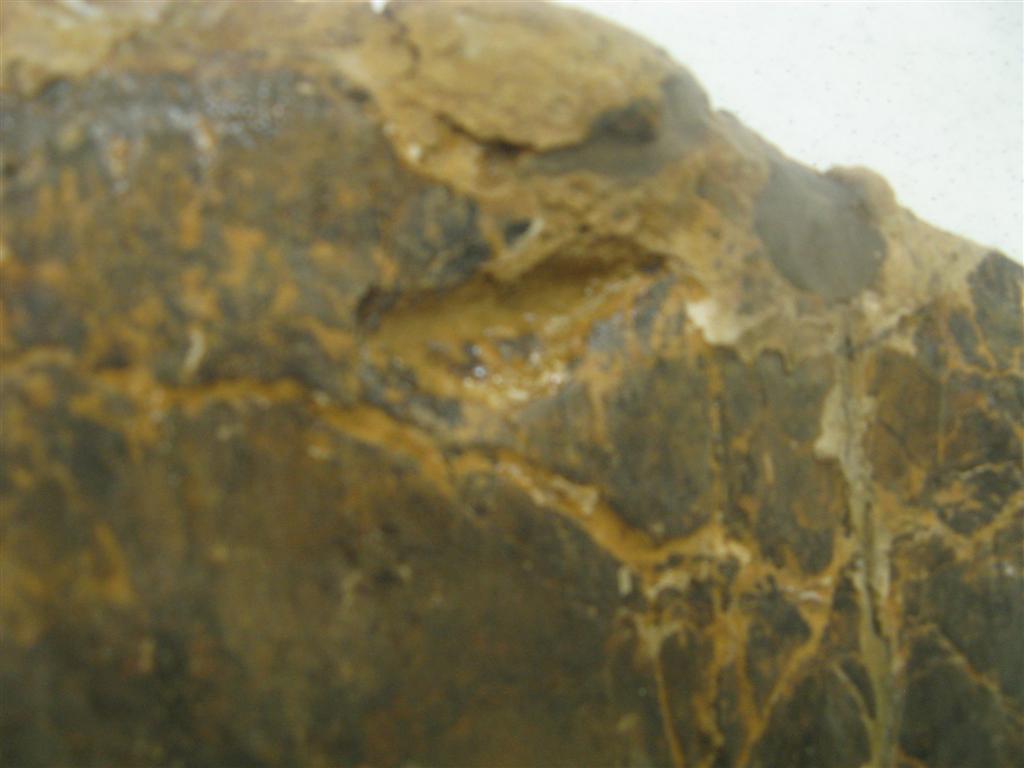
Distinguishing between predation and scavenging in the fossil record requires sophisticated analytical techniques and careful observation of multiple lines of evidence. Paleontologists rely on several key indicators to determine if marks on fossils represent scavenging rather than predatory attacks. Perhaps most telling is the absence of healing responses on bones bearing tooth marks—when an animal survives an attack, even briefly, bone begins a healing process that leaves distinctive microscopic signatures. The distribution pattern of tooth marks also provides critical clues; scavengers often focus on less meaty areas like joints and bone ends after predators have consumed the prime cuts, leaving a characteristic pattern different from kill-site feeding. Modern comparative taphonomy, which studies how organisms decay and become fossilized, has been revolutionary in this field, allowing researchers to compare fossil damage to known patterns from contemporary ecosystems. Scanning electron microscopy has further advanced this science by revealing microscopic details of tooth marks, including striations that can identify specific scavenger species. Chemical analysis of bone surfaces can even detect subtle changes in composition that occur during different stages of decomposition, helping scientists determine if feeding occurred on fresh kills or days-old carcasses. These sophisticated approaches have transformed our understanding of ancient food webs and ecological relationships.
Scavenging Versus Predation: The Ongoing Debate

The question of whether certain ancient carnivores were predominantly predators or scavengers continues to spark lively debate in paleontological circles, with Tyrannosaurus rex being perhaps the most famous subject of this controversy. The traditional view of T. rex as the ultimate predator was challenged in the 1990s by paleontologist Jack Horner, who proposed it was primarily a scavenger, citing its relatively small eyes, enormous olfactory bulbs for smelling carrion, and massive size that might have limited its speed. This triggered decades of research examining the evidence for both behaviors. Modern analysis suggests the reality was more nuanced—like most large carnivores today, T. rex was likely an opportunistic feeder that both hunted and scavenged as circumstances allowed. Similar debates have surrounded other prehistoric carnivores, from shark-toothed dinosaurs to early human ancestors. The fossil record shows that scavenging was an essential ecological niche throughout prehistory, not a lesser alternative to hunting. Many successful carnivores evolved specific adaptations for efficient scavenging, including powerful jaws to crack bones for marrow and specialized digestive systems to process partially decomposed meat. This ongoing scientific conversation highlights the complexity of prehistoric food webs and cautions against oversimplified views of ancient ecological roles.
Modern Analogs: What Today’s Scavengers Teach Us
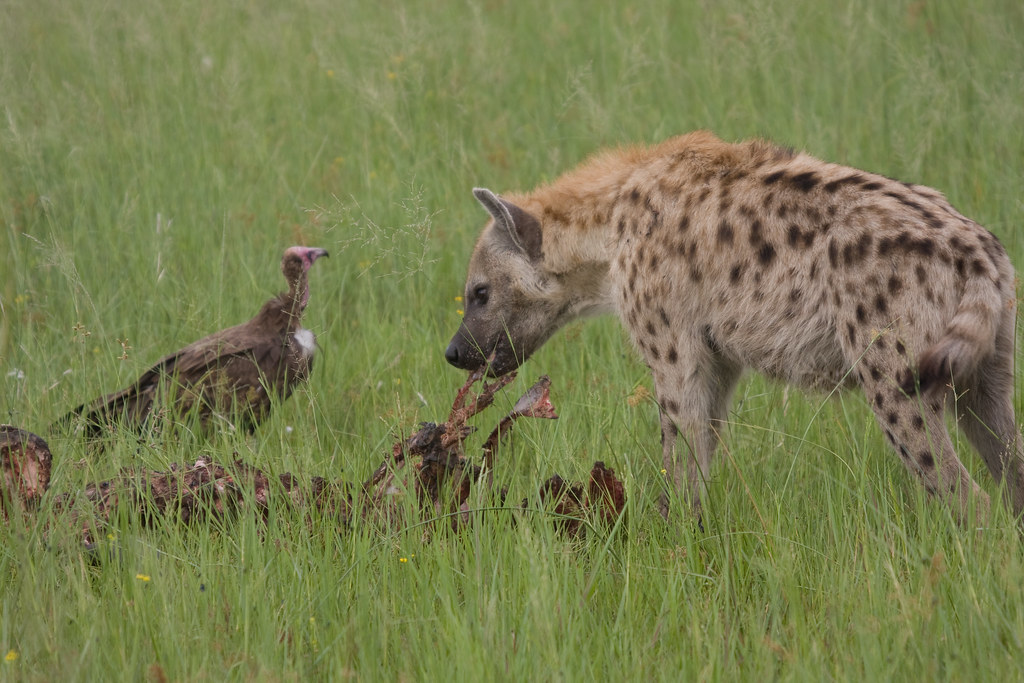
Contemporary scavenging behaviors provide crucial reference points for interpreting ancient evidence, offering paleontologists observable models for patterns likely preserved in the fossil record. Hyenas represent one of the most informative modern analogs, as their powerful jaws and specialized digestive systems allow them to extract nutrients from carcasses other predators have abandoned. Studies of hyena feeding patterns show they typically consume bones in a specific sequence, beginning with nutrient-rich marrow areas and progressively working through less rewarding portions, leaving distinctive damage patterns that closely match certain fossil assemblages. Vultures demonstrate how flying scavengers can quickly locate and consume soft tissues, explaining why some fossil skeletons show evidence of selective feeding on exposed areas. Marine scavenging sequences, particularly those observed during whale falls, offer insights into how ancient ocean ecosystems processed large carcasses through successive waves of different scavengers. Even insect succession on modern carcasses helps paleontologists interpret tiny marks on ancient bones and understand decomposition timelines. Field experiments using animal carcasses placed in different environments have created reference collections of scavenging marks that can be directly compared to fossil evidence, building increasingly sophisticated models of prehistoric scavenging behaviors. These modern observations help scientists distinguish between marks made by different types of scavengers and understand the complex taphonomic processes that created the fossil assemblages we study today.
Ecological Importance of Prehistoric Scavenging
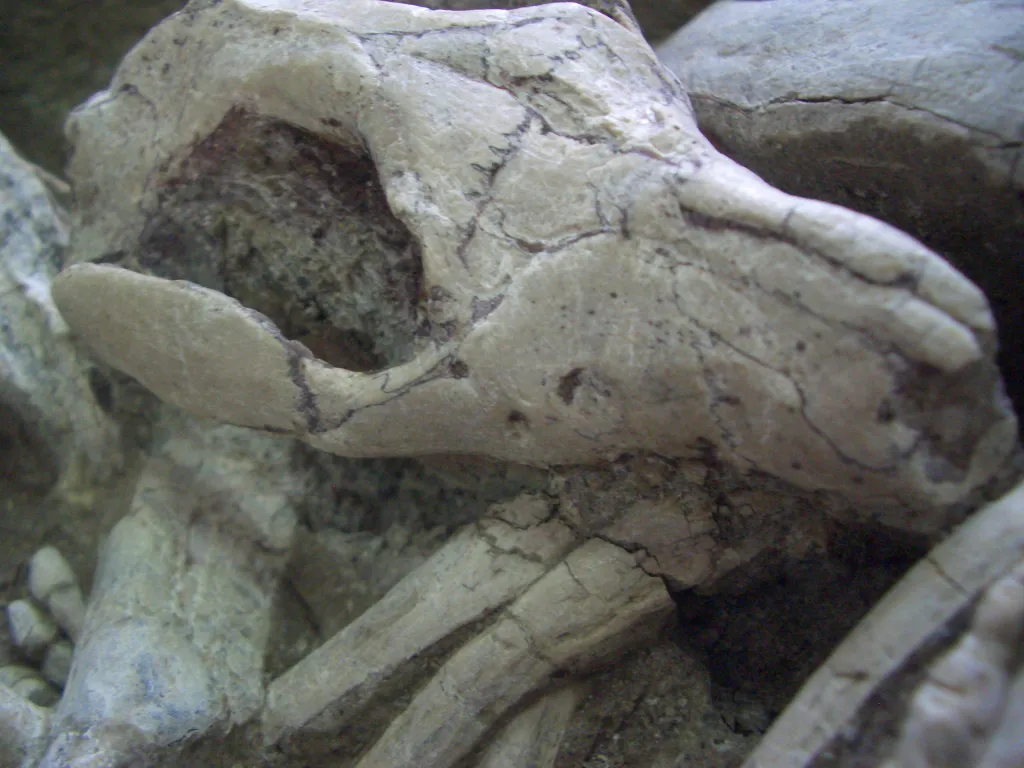
Scavenging played a vital ecological role in prehistoric ecosystems, serving as a crucial mechanism for nutrient recycling and energy transfer between trophic levels. The efficient consumption of carcasses by successive waves of scavengers—from large carnivores to insects and microbes—ensured that valuable nutrients and energy did not go to waste, particularly in resource-limited environments. This process likely accelerated decomposition and prevented the spread of diseases that might otherwise have occurred around accumulations of rotting carcasses. In marine ecosystems, scavenging on large carcasses like prehistoric whales created temporary oases of life, supporting diverse communities of organisms in otherwise nutrient-poor deep-sea environments, much as whale falls do today. The presence of specialized scavengers also maintained cleaner habitats and likely contributed to overall ecosystem health and resilience. For many carnivorous species, scavenging represented an energy-efficient feeding strategy that required less effort than hunting, potentially allowing them to survive during periods of prey scarcity or when competing with other predators. The fossil evidence suggests that scavenging behaviors evolved repeatedly across different lineages, underscoring its adaptive value throughout evolutionary history. By studying ancient scavenging, paleontologists gain a more complete understanding of prehistoric food webs and ecosystem functioning beyond the simple predator-prey relationships that often dominate popular portrayals of ancient life.
How Scavenging Behaviors Evolved Over Time

The fossil record reveals fascinating evolutionary trajectories in scavenging behaviors across geological time, with certain adaptations repeatedly emerging in response to similar ecological pressures. Early evidence of vertebrate scavenging dates back to the Devonian period, roughly 400 million years ago, with primitive fish showing opportunistic feeding on carcasses. By the Mesozoic era, sophisticated scavenging guilds had developed, with different dinosaur species specializing in various aspects of carcass utilization—some focusing on meat, others on bone marrow, creating efficient resource partitioning. The evolution of powerful bone-crushing dentition appears multiple times in the fossil record, from certain theropod dinosaurs to mammalian carnivores like hyenas, representing convergent evolution toward efficient scavenging. Following the mass extinction event at the end of the Cretaceous period, mammals rapidly evolved to fill vacant scavenging niches, developing specialized teeth and digestive systems optimized for processing carrion. The Cenozoic era saw the rise of social scavenging behaviors, evidenced by accumulations of fossils suggesting pack or group feeding at carcass sites. By the Pleistocene, complex competitive relationships between scavengers had developed, with evidence of smaller species waiting for larger ones to open carcasses before moving in to feed. This long evolutionary history demonstrates that scavenging has been a successful and essential ecological strategy throughout Earth’s history, continuously adapting to changing environments and faunal communities rather than merely representing a primitive feeding behavior.
Future Research Directions in Fossil Scavenging

The study of prehistoric scavenging stands at an exciting frontier, with emerging technologies and methodological innovations promising to reveal even more detailed insights about ancient feeding behaviors. Advanced 3D scanning and computer modeling now allow researchers to simulate bite mechanics and predict the distinctive damage patterns different scavengers would have left, creating more precise identification tools for fossil analysis. Isotopic studies of bone surfaces are beginning to distinguish between fresh feeding and delayed scavenging by detecting subtle chemical signatures associated with different decomposition stages. Paleoproteomics—the study of ancient proteins preserved in fossils—offers potential for identifying saliva proteins from scavengers that may have been absorbed into bone during feeding. Machine learning algorithms trained on modern scavenging mark datasets are being developed to automate and standardize the identification of feeding traces on fossils, potentially revealing patterns too subtle for human observation. Cross-disciplinary approaches combining paleontology with forensic taphonomy, entomology, and microbiology are yielding more comprehensive models of decomposition sequences in different ancient environments. As these methods advance, researchers anticipate developing increasingly detailed reconstructions of scavenging sequences, potentially determining not just who fed on a carcass, but in what order, over what timeframe, and under what environmental conditions. These developments promise to transform our understanding of ancient food webs and ecological relationships, providing unprecedented insights into the complex recycling systems that have operated throughout Earth’s history.


